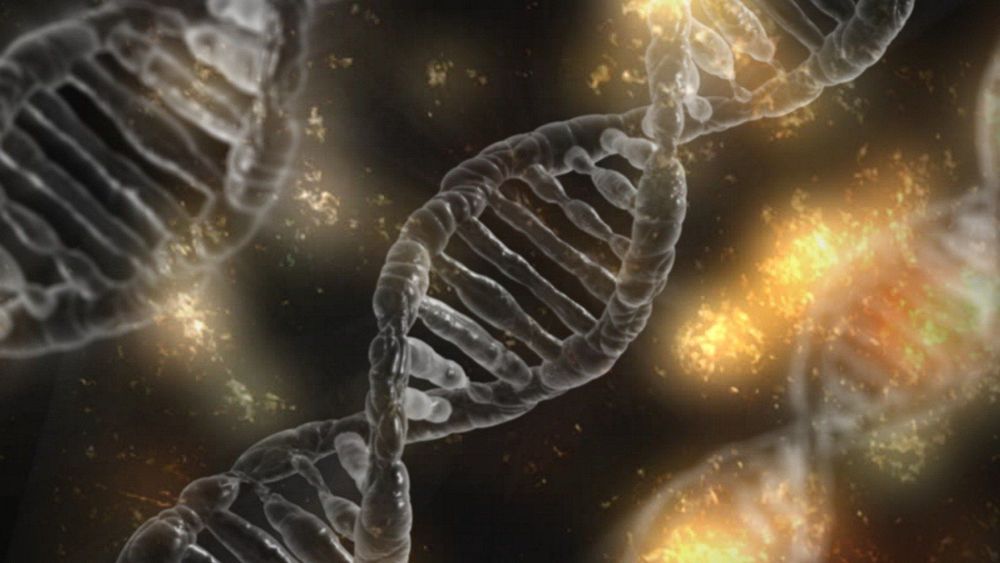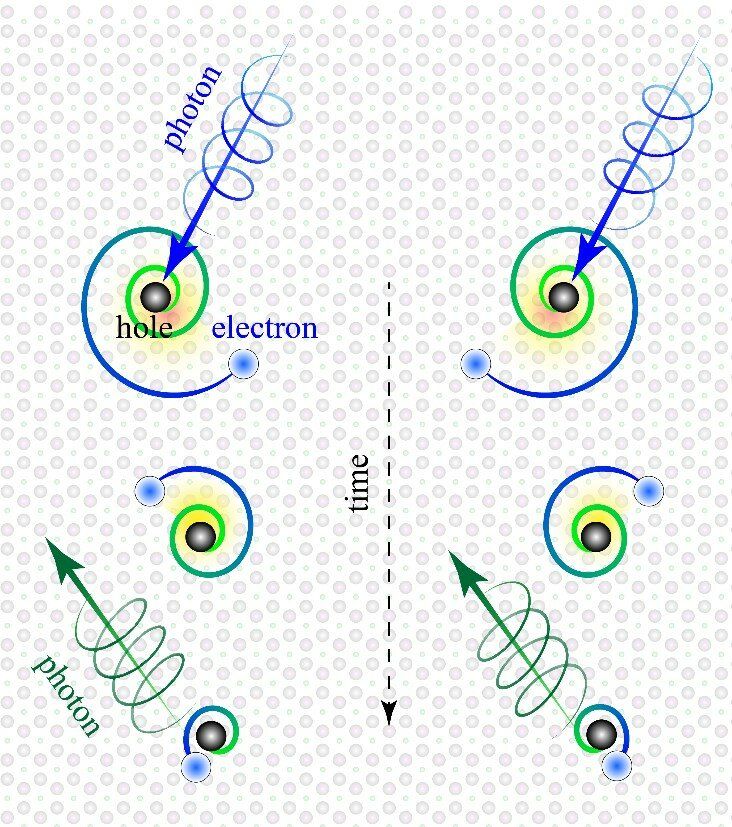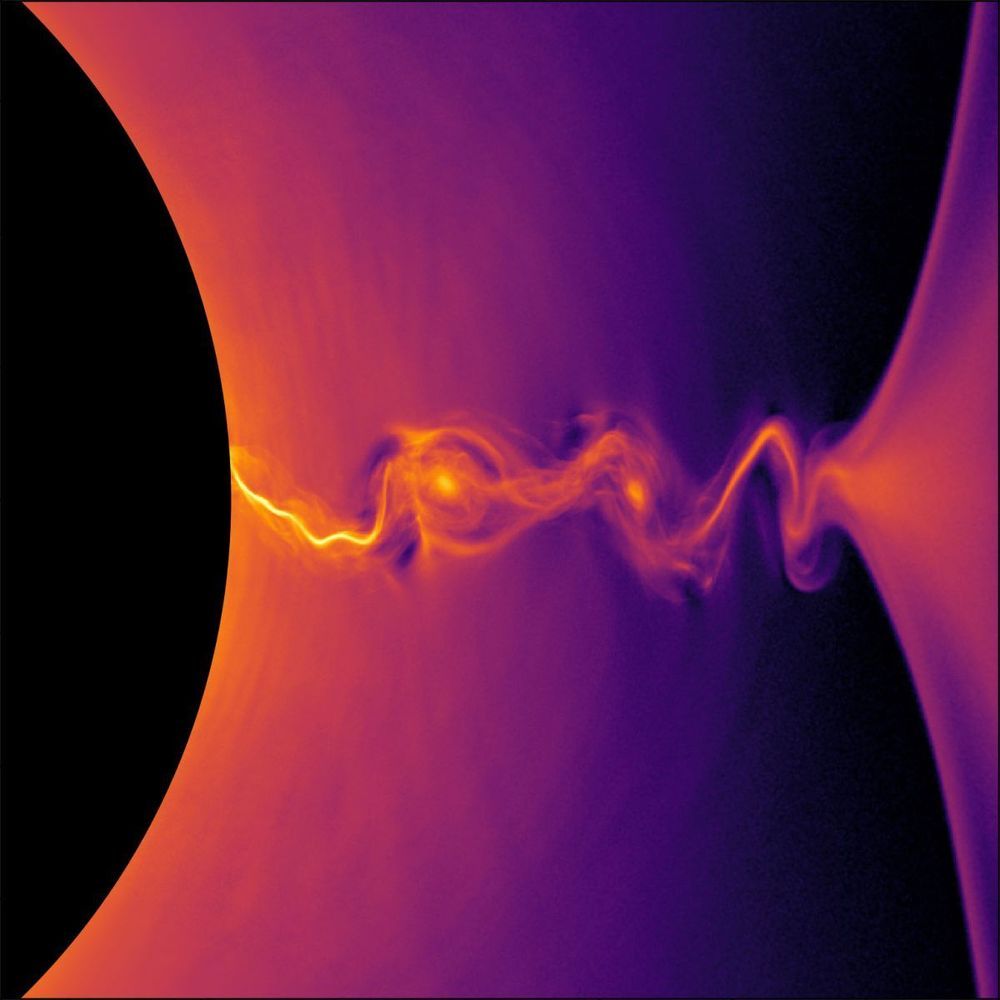Feb 18, 2019
A Tsunami of Fake News is On Its Way and Here is How
Posted by Quinn Sena in categories: Elon Musk, robotics/AI
The Elon Musk funded OpenAI non-profit has created a breakthrough system for writing high-quality text. It can write text, performs basic reading comprehension, machine translation, question answering, and summarization and all without task-specific training.
The system is able to take a few sentences of sample writing and then produce a multi-paragraph article in the style and context of the sample. This capability would let AI’s to impersonate the writing style of any person from previous writing samples.
GPT-2, is a 1.5 billion parameter Transformer that achieves state of the art results on 7 out of 8 tested language modeling datasets in a zero-shot setting, yet still simplifies (or in AI term underfits) their database called WebText. Samples from the model reflect these improvements and contain coherent paragraphs of text. These findings suggest a promising path towards building language processing systems which learn to perform tasks from their naturally occurring demonstrations.
Continue reading “A Tsunami of Fake News is On Its Way and Here is How” »


















